Uttar Pradesh‚Äîa state known as the heartbeat of India‚Äôs heartland‚Äîis blazing a trail for the nation‚Äôs transport future. In July 2025, the state government launched India‚Äôs first¬Ý100% state-funded, AI-based road safety pilot project, committing ‚Çπ10 crore from its own coffers in 2025‚Äì26 and operating with zero central government support. This pioneering move signals a bold shift to¬Ýsmart, predictive, and data-driven road safety governance‚Äîsetting a template for other states to follow. Freepressjournal
What Makes the UP AI Road Safety Project Unique?

- First state initiative:¬ÝNo central government funding or direction‚Äîthe entire program is an in-house Uttar Pradesh vision.
- Led by State & Industry:¬ÝOrchestrated by state-run ITI Limited and developed in collaboration with global tech firm mLogica, marrying public initiative with private expertise.
- Big Data Integration: Merges accident records, real-time weather, driver profiles, vehicle telematics, and physical road data.
- AI Model Deployment:¬ÝSix-week pilot rapidly prototypes predictive models pinpointing black spots and root causes, moving from ‚Äúreactive‚Äù to ‚Äúproactive‚Äù safety.
- Smart Dashboards:¬ÝGenerates live, actionable dashboard alerts for law enforcement, road agencies, and licensing departments.
Why Is This a Game-Changer for Indian Road Safety?
The Urgency
- India loses nearly 150,000 lives annually to road accidents;¬ÝUttar Pradesh consistently tops the fatality numbers.
- Traditional approaches¬Ýrely on after-the-fact reporting and piecemeal enforcement, missing systemic and dynamic factors.
- Global best practices¬Ýnow center on¬Ýpredictive analytics,¬Ýbehavioral targeting, and¬Ýdata-driven enforcement‚Äîareas India has been slow to adopt at scale.
UP’s Model: What’s Different?
- State Autonomy:¬ÝFully state budgeted and managed, giving UP direct control over data, rollout, and system upgrades.
- AI at Core:¬ÝNot just digital, but genuinely intelligent‚Äîmodels will continuously learn from new data.
- Comprehensive Data Sources:¬ÝFirst time accident geo-tags, telematics from vehicles, weather alerts, and driver profiles are merged for holistic risk prediction.
How Does It Work? Key Components & Steps
1. Data Collection & Integration
- Accident records: Collated from police, emergency, and insurance sources for spatial and time trends.
- Weather data:¬ÝReal-time feeds (rain, fog, heat) from meteorological agencies.
- Driver profiles & violations: Pulls from licensing records and enforcement history.
- Vehicle telematics:¬ÝGPS, speed, harsh braking, and maneuver data from commercial vehicles.
- Road attributes:¬ÝCurvature, surface quality, signage, lighting, black spot mapping‚Äîgathered by roadworks agencies.
2. Predictive AI Model Development
- Combines all data streams to:
- Predict future crash-prone “black spots”.
- Identify root causes¬Ý(speed, visibility, behavior, infrastructure gaps).
- Forecast accident risks¬Ýunder various weather and traffic conditions.
- Prioritize interventions—suggesting where cameras, rumble strips, signage, or patrols are urgently needed.
3. Real-Time Dashboard and Alerts
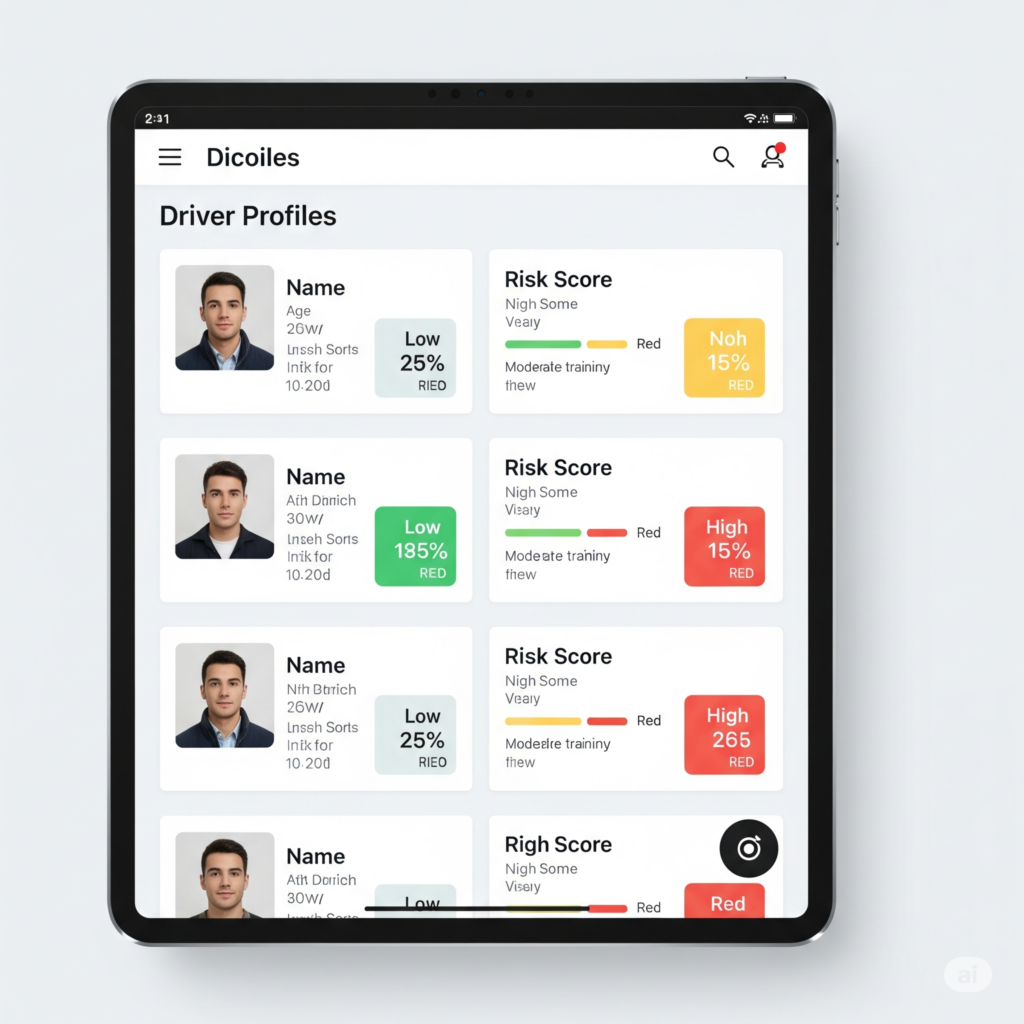
- Interactive dashboards¬Ýfor traffic police, district magistrates, and transport officials‚Äîintel down to the village or highway marker.
- Automated alerts¬Ýsent to law enforcement (‚Äúhigh collision risk here, now‚Äù), licensing/revenue authorities (flag risky drivers for review/penalty), or public via apps.
4. Licensing, Enforcement, and Revenue Modernization
- Driver evaluation:¬ÝSmart scoring for new and renewal licenses, factoring in telematics and behavior.
- Targeted enforcement:¬ÝPatrols and sensors redeployed on a risk basis, not just static checkpoints.
- Revenue efficiency:¬ÝFines and toll systems linked to live data, discouraging serial violators and boosting compliance.
How UP’s AI Road Safety System Compares
| Aspect | Old System | New AI System (UP Pilot) |
|---|---|---|
| Initiation | Reactive, paper reports | Predictive, real-time |
| Data Used | Accidents only, little context | Multi-source, holistic |
| Geographic Coverage | City/major highways | Statewide, granular |
| Enforcement | Static patrols, manual fines | Patrols, alerts, automated |
| License Reviews | Once every 5/10 years | Dynamic, ongoing |
| Central/State Funding | Mostly central-led | 100% state funded |
Anticipated Impact: Why This Matters for Citizens
- Fewer accidents, saved lives:¬ÝTargeting black spots and risky behaviors before disasters strike.
- Fairer, smarter enforcement:¬ÝEvidence-led action replaces arbitrary fines or checkpoints.
- Public empowerment:¬ÝReal-time safety alerts, safer routes, and transparent road data.
- Reduced red tape:¬ÝFast licensing for good drivers, quick penalties for repeat offenders.
- Inspiring other states:¬ÝUP‚Äôs leadership could democratize AI in governance nationwide.
Engagement & Best Practices for Readers
- If you’re a driver or commuter:
- Use state-backed safety apps for live updates (pilot area first—expansion planned).
- Maintain good driving practices—your telematics could influence license status.
- Report unsafe zones directly via portal or hotline—citizen engagement is encouraged.
- For policymakers and NGOs:
- Follow UP’s model to advocate similar integrations of AI in local road safety campaigns.
- Seek collaboration for data-sharing and public awareness drives.
Conclusion
Uttar Pradesh’s fully state-funded, AI-powered road safety pilot isn’t just about technology—it’s a whole new mindset for governance. By putting predictive, real-time intelligence at the center of enforcement, licensing, and community action, UP is setting new benchmarks for smart, proactive, citizen-first transport management. For a state too often in the headlines for accident statistics, this is the dawn of a safer, data-driven era on every road, lane, and byway.
Would you trust an AI-powered system to rate driver licenses, patrols, or fines? Have you noticed changes already in your UP community? Share your views and road safety tips below!
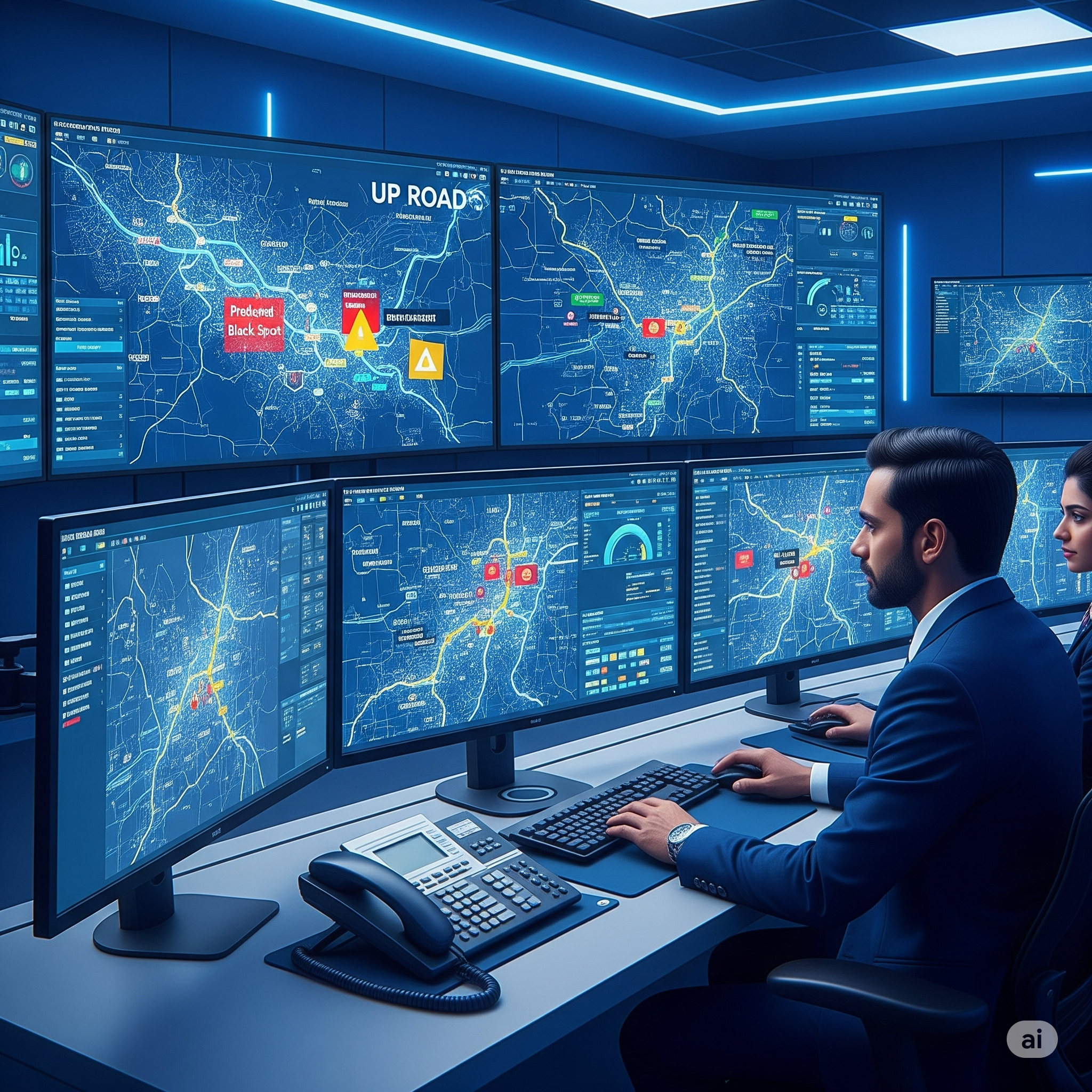


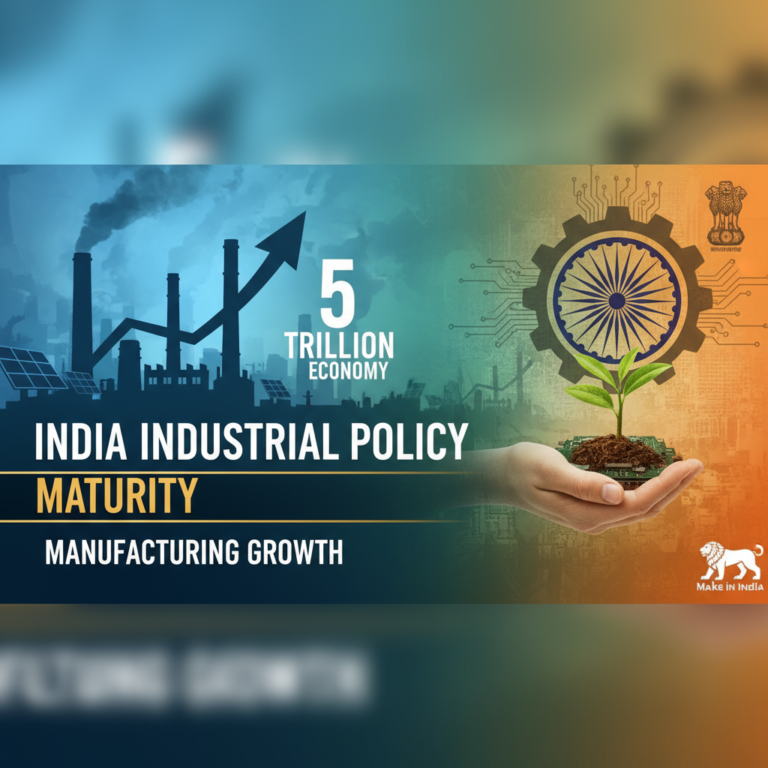
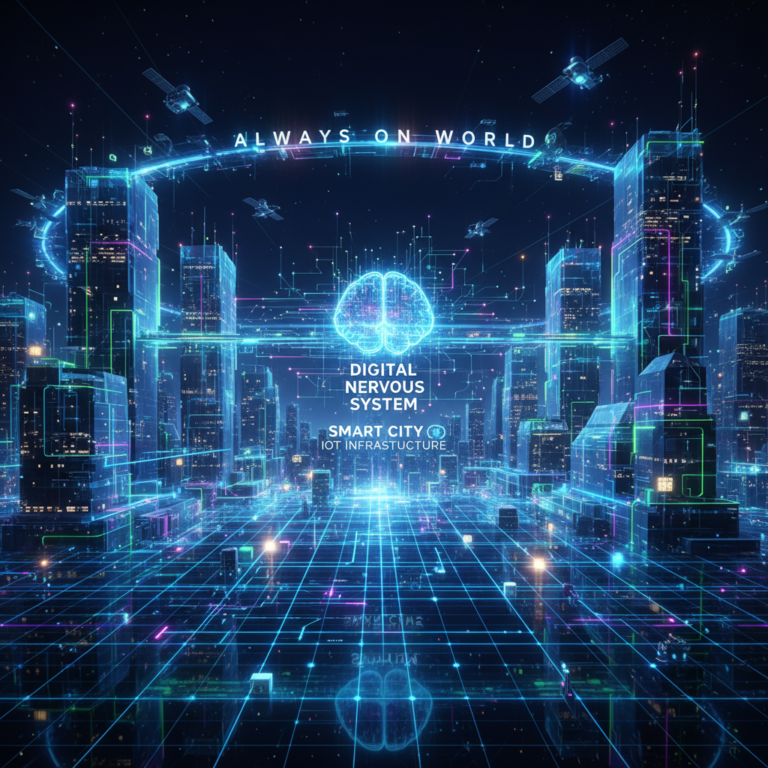

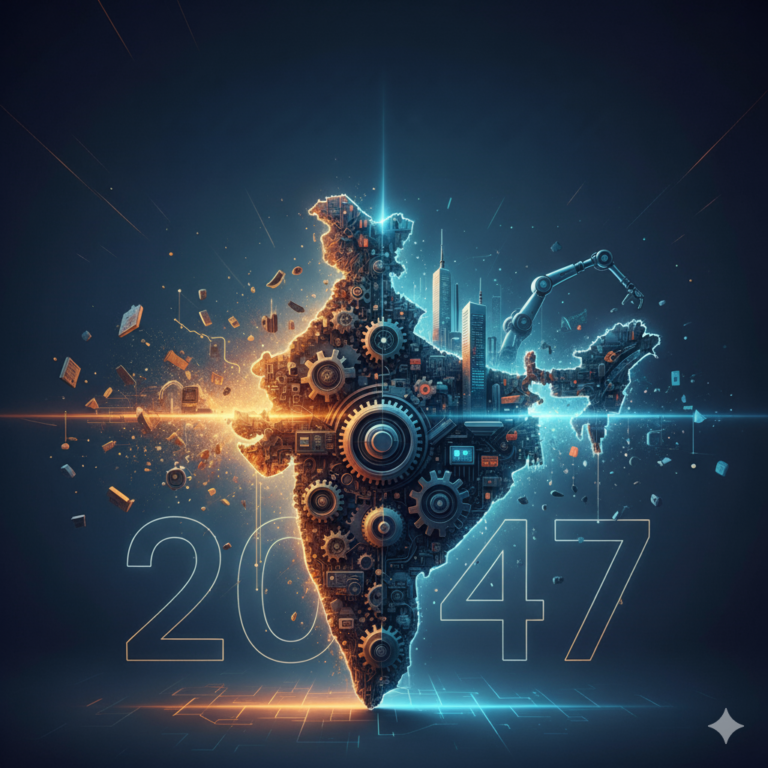

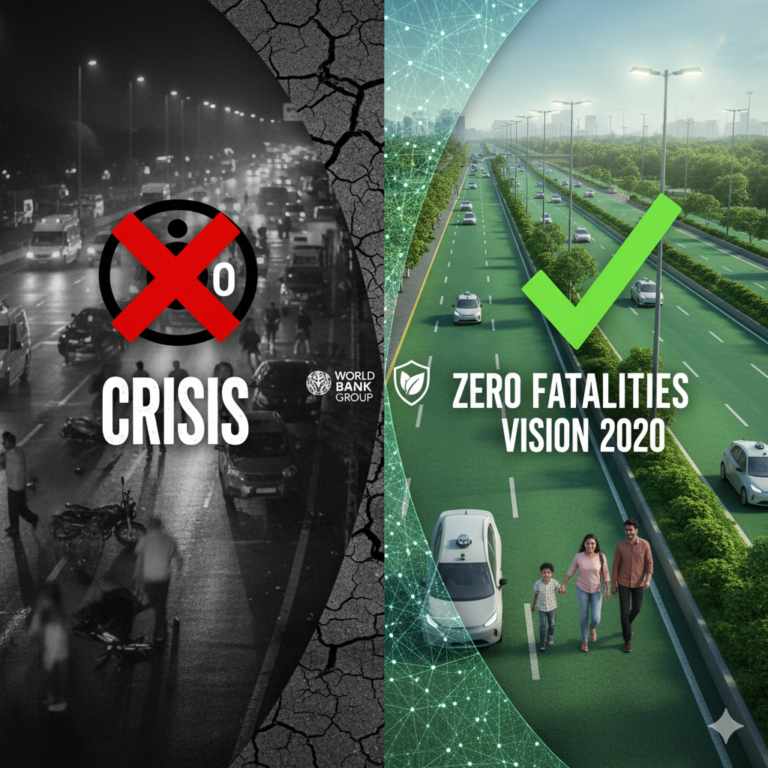
+ There are no comments
Add yours